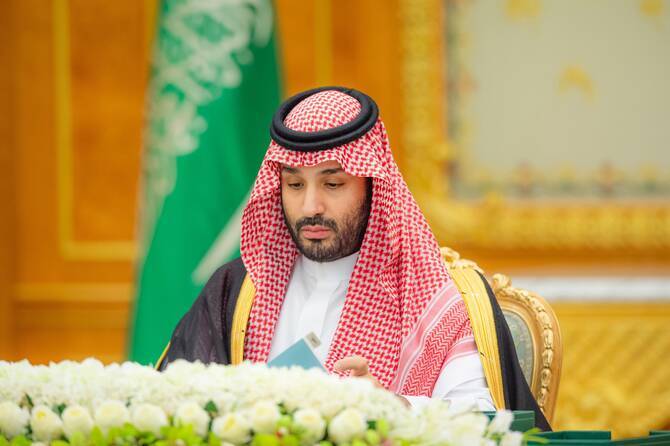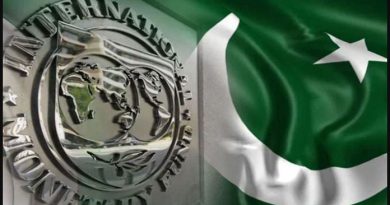Saudi Crown Prince Visits Washington as U.S. Congress Shows More Measured Tone
Washington – Saudi Crown Prince Mohammed bin Salman continued his visit to the United States with scheduled meetings on Capitol Hill, where lawmakers are preparing for discussions that reflect a more measured and less confrontational political climate compared to previous years.
The visit aims to highlight the growing economic, defence, and strategic cooperation between Washington and Riyadh, marking a shift from past tensions rooted in human rights debates and regional conflicts.
President Donald Trump hosted the crown prince at the White House a day earlier, offering a warm reception that underscored longstanding U.S.–Saudi ties and the administration’s focus on strengthening bilateral engagement.
During the meeting, Trump reaffirmed the importance of security cooperation, energy collaboration, and regional stability, framing the relationship as essential for both countries amid shifting global dynamics.
The visit comes at a time when the Saudi leader is working to present his country as a major global investor, a partner in regional security, and an influential player in shaping new economic pathways across the Middle East and beyond.
This approach has gradually softened political attitudes in Washington, where previous years were marked by sharper criticism of Riyadh’s policies and actions.
Several lawmakers who were once outspoken critics appear more reserved now, reflecting larger geopolitical considerations, evolving alliances, and a desire for stable cooperation in areas such as defence, trade, and counterterrorism.
Even so, the crown prince’s meetings on Capitol Hill are expected to be quieter and more controlled, with limited public appearances and no formal press engagements planned by congressional leadership.
During his time in Washington, the crown prince is also engaging in high-level conversations with officials, strategists, and business leaders at an investment-focused conference that highlights Saudi Arabia’s diversification projects.
The initiative is tied to efforts under Saudi Vision 2030, a transformation plan aimed at modernizing the economy and expanding global partnerships, including with U.S. companies.
Despite the warmer tone, pockets of criticism remain among some lawmakers who continue to scrutinize issues related to human rights, governance concerns, and regional conflict dynamics.
These views, while less dominant than before, still influence parts of the political landscape, especially among members who have followed developments closely over the last decade.
The atmosphere stands in stark contrast to reactions from several years ago, when members of Congress frequently challenged Riyadh’s actions and called for accountability across different areas of concern.
At that time, the political conversation was intensified by debate over Saudi Arabia’s involvement in Yemen and broader discussions on civilian protection, military support, and humanitarian outcomes.
Recent shifts, however, have placed greater emphasis on shared strategic interests, with many policymakers acknowledging the role the Kingdom plays in energy markets, maritime security, and regional diplomatic efforts.
This changing focus has contributed to a more pragmatic approach in Washington, where policymakers weigh both the benefits and complexities of the partnership.
Still, some lawmakers voiced disappointment over the public reception given to the crown prince, arguing that the United States should balance strategic alignment with firm advocacy for American values.
They maintain that long-term partnerships depend not only on shared interests but also on transparency, rule of law, and commitment to peaceful political development.
The crown prince’s current visit is expected to set the tone for future dialogue between the two countries as evolving global pressures push Washington and Riyadh to reassess their coordination.
Both sides appear intent on reinforcing their strategic framework while acknowledging areas where perspectives differ and conversation remains necessary.
As meetings progress, analysts note that the United States and Saudi Arabia are navigating a complex moment in global politics, with energy markets shifting, regional conflicts evolving, and major powers recalibrating their roles.
The crown prince’s engagements in Washington indicate a desire to align long-term planning with new political realities, signaling the continued importance of the partnership despite past disagreements.
The visit ultimately highlights a broader trend in which countries with deep historical ties are working through periods of tension to maintain cooperation in an increasingly unpredictable global environment.
For the United States and Saudi Arabia, the coming months may define how closely their strategic priorities align and how both sides manage the balance of interests, expectations, and reforms.


